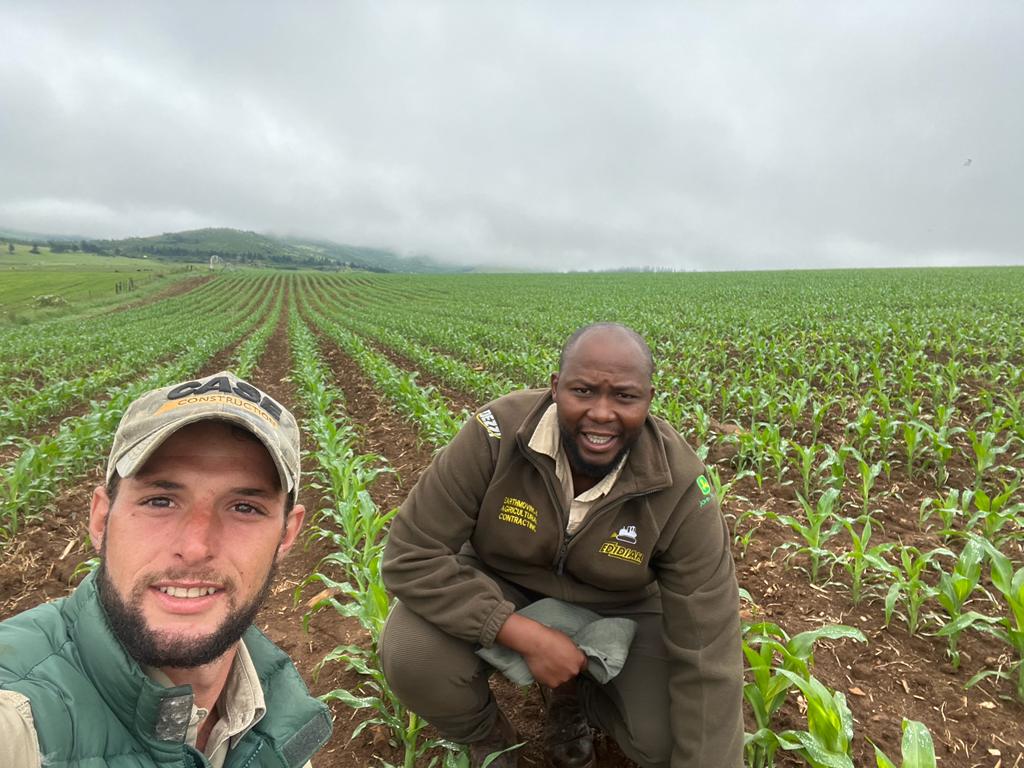No information is available on responses of South African taro landraces to water stress. The objective of this study was to evaluate the responses, and mechanisms thereof, of taro to water stress under controlled and field conditions. Taro landraces were collected from rural areas in KwaZulu-Natal, South Africa. A pot trial was planted in tunnels at the University of KwaZulu-Natal with two factors: three landraces and water stress (NS – no stress, IS – intermittent stress and TS – terminal stress), replicated six times. For NS, soil water content (SWC) was maintained at 75% field capacity (FC). IS involved watering pots to 75% FC during crop establishment, and allowing SWC to deplete to 30% FC during the vegetative stage, before returning to 75% until harvest maturity. For TS, SWC was maintained at 30% FC for the entire growing period. Field trials were planted in October 2010, with irrigation (full irrigation versus rainfed) as a main factor and landrace type as sub-factor, replicated three times. SWC was monitored weekly. Emergence, plant height, leaf number, leaf area, LAI, vegetative growth index (VGI) and stomatal conductance (SC) were determined weekly. Results from both pot and field trials showed that taro landraces were slow to emerge (~49 days). There were significant differences (P<0.001) between landraces with respect to final emergence. Taro growth (plant height, leaf number and leaf area), for both trials, was shown to be significantly (P<0.05) reduced by water stress. Under field conditions, SC, LAI and VGI were significantly (P<0.05) lower under rainfed conditions compared with irrigated conditions. It is concluded that emergence and vegetative growth parameters of KwaZulu-Natal taro landraces are sensitive to water stress. Data from this study will be used to calibrate AquaCrop and presented as a possible option to manage taro under dryland and irrigated conditions in the warm subtropical areas of South Africa.
4.61M
Beneficiaries Reached
97000
Farmers Trained
3720
Number of Value Chain Actors Accessing CSA
41300
Lead Farmers Supported






